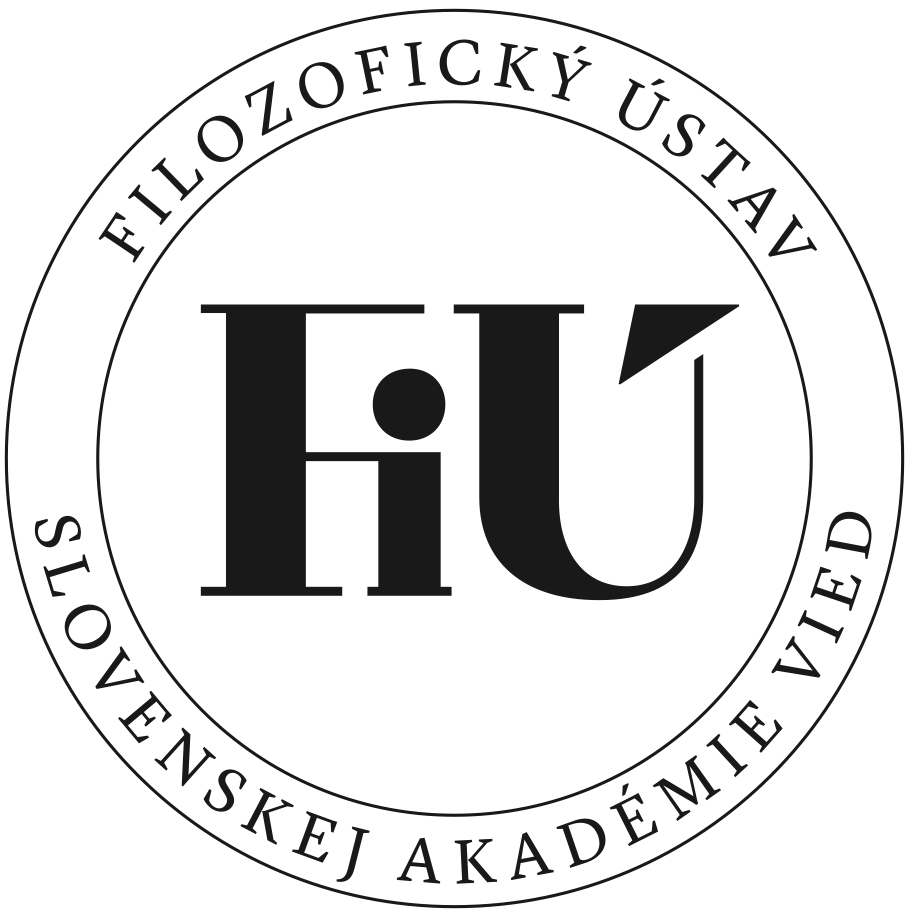Detail príspevku/publikácie
Goodman a Gombrich o povahe obrazovej reprezentácie a realizme zobrazenia
Abstrakt
The aim of the paper is to examine the criteria of realism applied to pictorial representations by Ernst Gombrich and Nelson Goodman. In the 2nd half of the 20th century, they both developed theories as to why some artefactual depictions seem more realistic to us than the others. In both approaches, there is a rejection of classical mimetic doctrine (there is a brief introduction to modern mimetic theory represented by Catherine Abell) as well as a criterion of visual illusion. What makes Gombrich and Goodman different is the assessment of informativeness criterion. While it is sufficient for Gombrich, Goodman goes even further in his relativization. Goodman also rejects informational content as the criterion of realism. The final criterion in Goodman's conception is based on the so-called inculcation. The paper examines the persuasiveness of Goodman’s and Gombrich’s arguments and mentions the current discussion (Mitrovic, Margolis, Briscoe) on them.
Depiction, Gombrich, Goodman, Mimesis, Pictorial representation, Realism, Relativity
